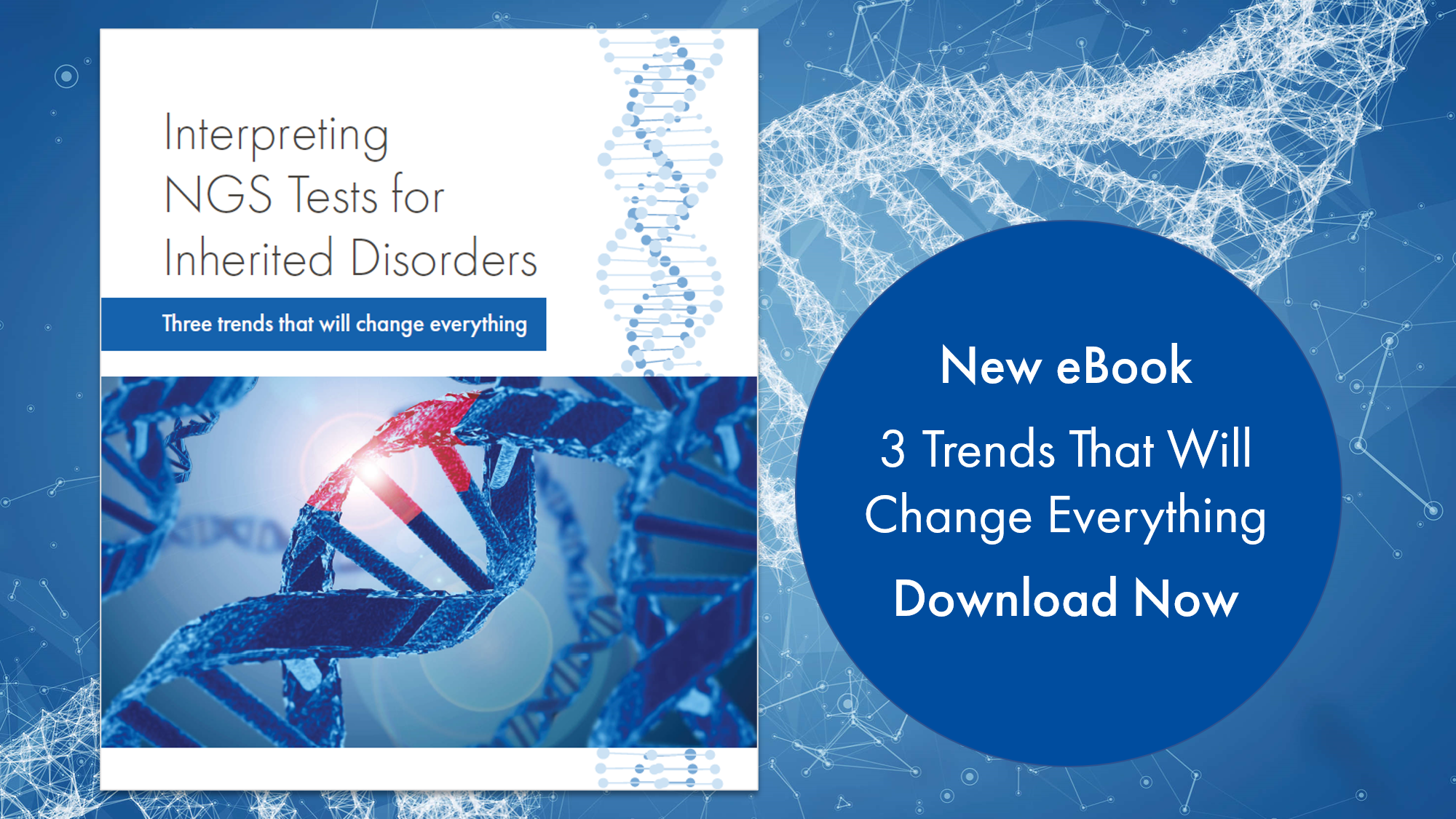


















Today genetic innovation is advancing at breakneck pace. Since the first whole genome was sequenced in 2003, a feat that took 15 years, 20 different labs, and more than $3 billion to complete, a patient can now have his or her whole genome sequenced by one lab, in one day, for under $200.
Yet, only a fraction of patients receives genetic testing. Despite incredible advances in sequencing technology, most notable being next-generation sequencing (NGS), genetic has only recently become a clinical application. The challenge is no longer how to sequence DNA, but how to interpret a patient’s genetic variation in a meaningful and actionable way.
We are on the cusp of a healthcare revolution where genetic testing will be able to provide answers and insight into critical health questions. For a couple planning their family, genetic testing can identify carrier status. When a child has a rare condition with unexplainable symptoms, genetic testing can pinpoint a diagnosis. If a patient has a family history of cancer, genetic testing can predict the risk of developing disease.
A new reality is emerging in which genetic testing will transform our understanding and management of hereditary diseases. But before genetic testing becomes a routine part of clinical care for every patient, we must first address the complexity, cost, and consistency of NGS test interpretation.